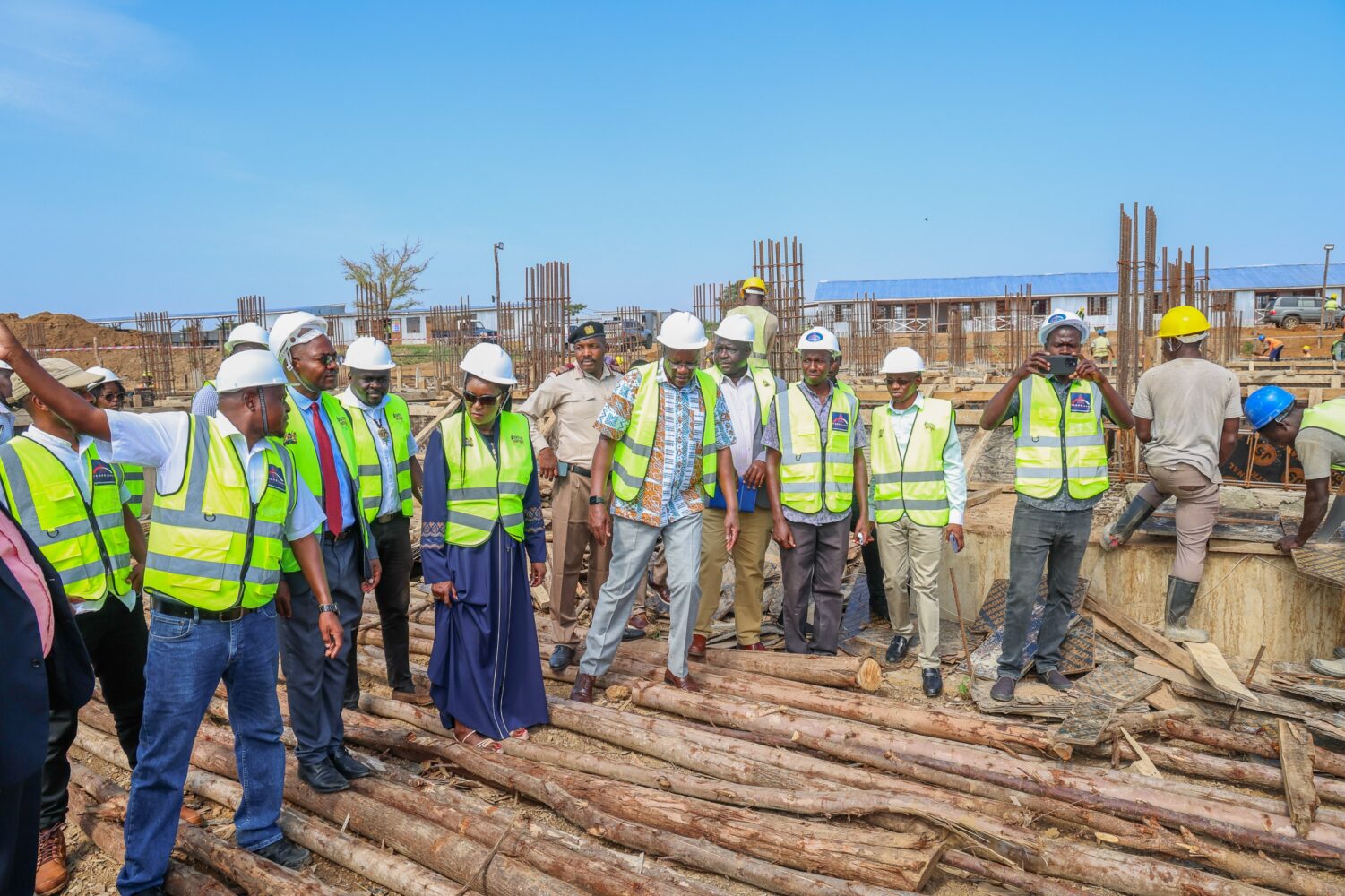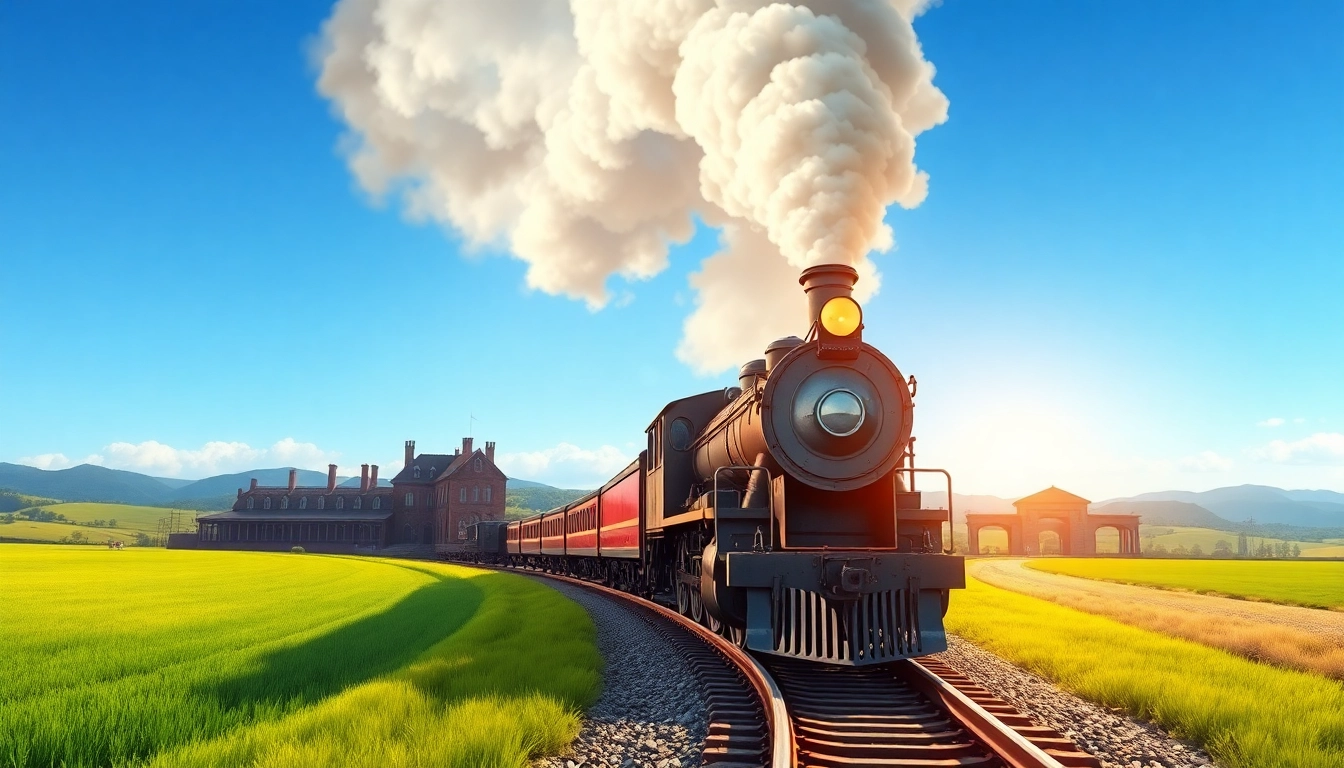
Introduction
The skyline of Austin tells a story of rapid expansion and opportunity. Over the past decade, the Austin construction industry has surged, transforming the city into one of the most dynamic growth hubs in the United States. This boom is not only reshaping neighborhoods but also driving significant economic benefits for businesses, workers, and the community as a whole.
The Scale of Austin Construction Growth
The pace of Austin construction has accelerated due to rising population, increased business investments, and ongoing infrastructure improvements.
Population-Driven Demand
As thousands of new residents move to the city each year, demand for housing, commercial spaces, and public facilities continues to rise, fueling the need for more Austin construction projects.
Business Relocation and Expansion
Major corporations and startups alike are choosing Austin as their base, spurring commercial and office developments across the city.
Economic Impact of the Construction Industry
The Austin construction sector plays a vital role in boosting the local economy, from job creation to increased tax revenue.
Job Creation and Workforce Development
Large-scale Austin construction projects require a diverse range of skilled workers — from electricians and carpenters to architects and engineers — creating thousands of local jobs.
Supporting Local Suppliers
By sourcing materials from local vendors, Austin construction companies help strengthen the regional economy and keep more money circulating within the community.
Impact on Real Estate and Property Values
Ongoing Austin construction has influenced the real estate market in both residential and commercial sectors.
Rising Property Values
New developments and infrastructure upgrades often increase surrounding property values, benefiting homeowners and investors.
Expanding Commercial Real Estate
The growth of Austin construction has led to more modern office buildings, retail centers, and mixed-use developments, attracting businesses and boosting rental demand.
Infrastructure Investments
Beyond private developments, public Austin construction projects are enhancing the city’s transportation, utilities, and public amenities.
Roads, Bridges, and Public Transit
Infrastructure improvements not only support population growth but also make the city more appealing for residents and businesses.
Parks and Public Spaces
Investments in green spaces and recreational facilities improve quality of life, a key factor in sustaining economic growth.
Challenges of Rapid Construction Growth
While the economic impact of Austin construction is largely positive, rapid growth brings certain challenges.
Labor and Material Costs
High demand can lead to labor shortages and rising material costs, which may impact project timelines and budgets.
Balancing Growth and Sustainability
To maintain long-term prosperity, Austin construction must integrate sustainable practices and thoughtful urban planning.
Long-Term Outlook for Austin Construction and the Economy
Experts predict that the Austin construction sector will remain strong in the coming years, supported by steady population growth, corporate investments, and infrastructure projects.
Embracing Innovation
The use of advanced building technology, sustainable materials, and efficient designs will keep Austin construction competitive and economically impactful.
Conclusion
The growth of Austin construction is more than a visual transformation — it’s a driving force in the city’s economic success. By creating jobs, supporting local businesses, raising property values, and improving infrastructure, the industry plays a central role in Austin’s prosperity. As the city continues to expand, strategic planning and sustainable practices will ensure that Austin construction remains a catalyst for long-term economic vitality.





